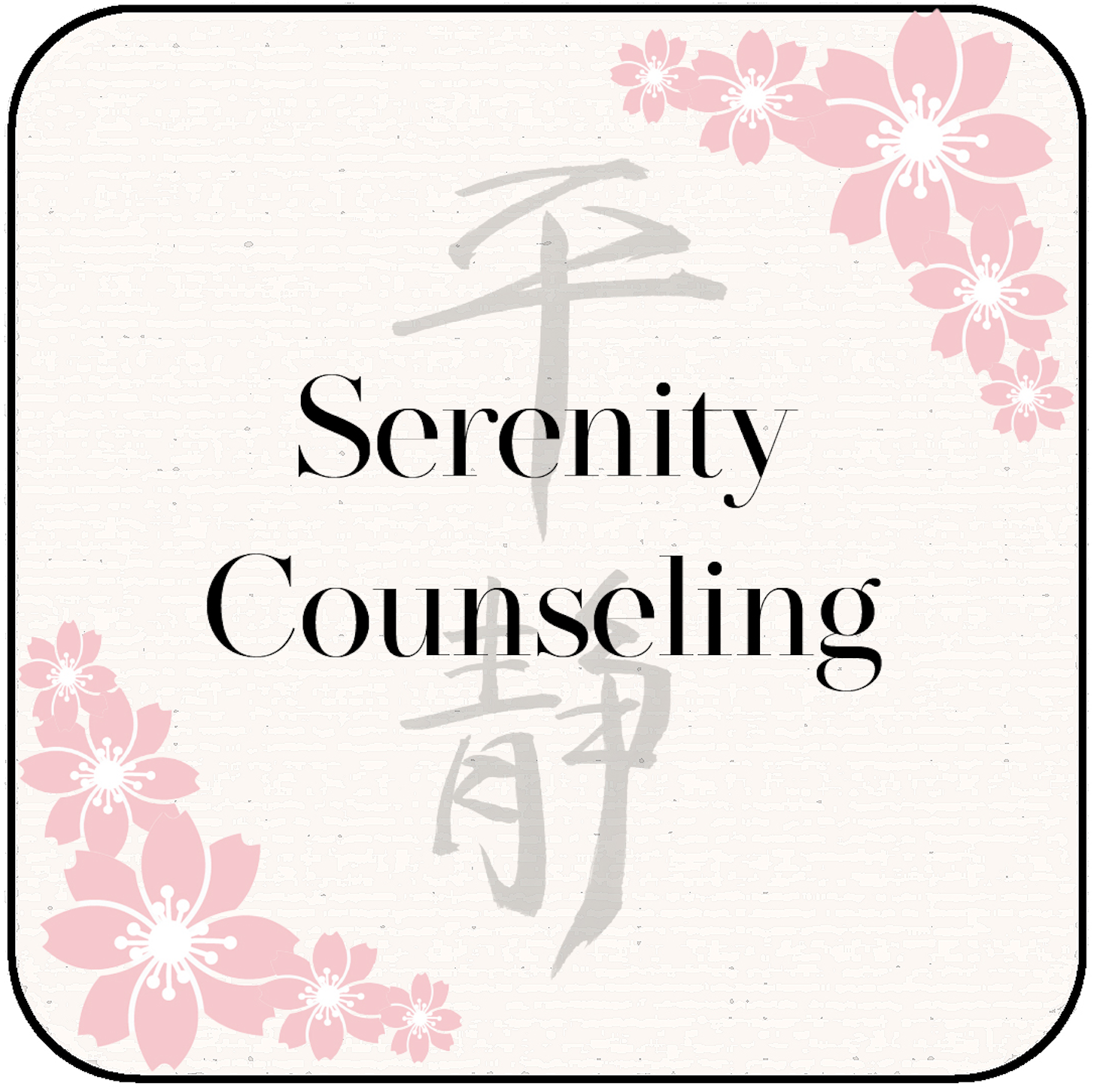

Feeling overwhelmed and unsure whether it’s anxiety or a panic attack can be confusing. With over 40 million adults in the U.S. facing significant anxiety annually, you’re not alone in this battle.
Our guide dives into key differences to help decipher your symptoms and find relief. Read on—clarity awaits.
Understanding Anxiety and Panic

Diving into the realm of mental health, it’s crucial to distinguish the nuances between anxiety and panic. Although both can be intensely overwhelming experiences, their origins and manifestations have key differences that we’ll unravel in order to shed light on these distinct forms of psychological distress.
Definition of Anxiety Attack
An anxiety attack is a sudden rush of worry and fear. It can happen when someone faces a lot of stress or thinks about things that scare them. During an anxiety attack, people might have trouble breathing, feel their heart race, or believe something awful will happen.
These feelings can get very strong and last for several minutes or even longer.
People with an anxiety disorder often deal with these attacks. They may worry too much about everyday things and this worry doesn’t go away easily. Knowing what triggers an anxiety attack helps in getting the right treatment to manage it.
Good treatments are available, such as talking to a therapist or taking certain medicines that help calm the mind and body.
Definition of Panic Attack
A panic attack is like a sudden storm hitting your body and mind without warning. It’s intense and frightening, with pounding heartbeats, heavy sweating, shaking hands or legs, and trouble breathing.
Pain in the chest can make you think it’s a heart attack. Some people feel sick to their stomach or very dizzy. Others might have derealization—feeling detached from what’s happening around them—or depersonalization—feeling out of touch with themselves.
These attacks often strike out of nowhere and are over in minutes.
Knowing what triggers your panic attacks helps in managing them better. Busy places such as movie theaters or concerts could set off an attack for some folks due to the crowded space and feeling stuck.
Key strategies include naming these moments of terror for what they are, focusing on deep breaths to calm down, and remembering this scary time will pass soon enough.
Distinguishing Between Anxiety and Panic Attacks

Peeling back the layers on anxiety and panic attacks reveals a landscape of unique symptoms and experiences—understanding the nuances between them is vital for those navigating these turbulent waters.
While they may share common ground, it’s the distinct mental and physical hallmarks that set them apart, paving the way for targeted treatment and management strategies.
Mental Symptoms
Understanding the mental symptoms of anxiety and panic attacks is crucial for individuals seeking mental health therapy. These symptoms can be subtle or overwhelming, and recognizing them is vital for effective treatment.
| Anxiety Attack Symptoms | Panic Attack Symptoms |
|---|---|
| Excessive worry about a future event | Sudden onset of fear or terror |
| Feeling restless or on edge | Fear of losing control or “going crazy” |
| Difficulty concentrating | Feeling detached from reality (derealization) |
| Irritability | Feeling of impending doom or death |
| Fear of judgment or embarrassment in a social situation | Experiencing a sense of being outside oneself (depersonalization) |
| Concern over making mistakes or falling short of standards | Extreme worry that the panic attack will cause a heart attack or suffocation |
These mental symptoms can indicate an underlying issue that may require professional help. Recognizing the signs empowers individuals to seek the support they need.
Physical Symptoms
Physical symptoms can often be the most telling sign when trying to distinguish between an anxiety attack and a panic attack. Here’s a breakdown, presented in an easy-to-digest table format, to offer clarity for you or someone you may be helping through their mental health journey.
| Anxiety Attack Physical Symptoms | Panic Attack Physical Symptoms |
|---|---|
| Overwhelming worry or anxiety | Pounding heart |
| Trouble sleeping | Sweating |
| Chest tightness | Trembling |
| Racing heart | Shortness of breath |
| Feelings of sadness or anger | Chest pain |
| Stomach aches | Nausea |
| Irritability | Dizziness |
| — | Derealization or depersonalization |
The table above synthesizes the physical manifestations of anxiety and panic attacks. While some symptoms may overlap, the intensity and sudden onset of symptoms are more characteristic of panic attacks. These episodes can feel exhaustive, but understanding their physical signatures is the first step towards seeking appropriate care. Moving forward, let’s delve into the causes and risk factors associated with these conditions.
Causes and Risk Factors of Anxiety and Panic Attacks

Peeling back the layers to unearth the root causes of anxiety and panic attacks reveals a complex interplay of factors, both internal and external. While their origins may be enigmatic — ranging from genetic predispositions to environmental triggers — understanding these underlying elements is paramount in forging pathways toward effective management and relief.
Causes of Anxiety Attacks
Anxiety attacks are a tough part of life for many people. They can happen when stress and worry build up in our minds.
- Stressful Life Events: Big changes or hard times, like losing a job or a loved one, can start anxiety attacks.
- Worrying Too Much: Some folks might feel anxious about lots of things, like work, money, or family, which can lead to more anxiety.
- Health Problems: When someone isn’t feeling well or has an illness that sticks around, it might cause them to worry and have anxiety attacks.
- Coffee and Other Stimulants: Drinks with caffeine like coffee or energy drinks can make people feel jittery and nervous, sometimes causing an anxiety attack.
- Fear Triggers: Things that scare us a lot, such as heights (acrophobia) or being in tight spaces (claustrophobia), can trigger anxiety attacks.
- Traumatic Memories: If someone has been through really bad times, thinking about those memories can make them feel anxious.
- Skipping Meals: Not eating right or missing meals can change how we feel and may bring on anxiety symptoms.
- Medications: Certain drugs have side effects that might increase feelings of anxiety in some individuals.
- Substance Use: Alcohol or drug use can affect the brain and lead to episodes of anxiety.
- Lack of Sleep: Not getting enough rest makes it harder to handle stress and can cause more anxious feelings.
Causes of Panic Attacks
While anxiety attacks often grow from stress or worrying thoughts, panic attacks can strike suddenly and feel intense. They can happen out of the blue, without a clear cause, or they can be a reaction to a fear or phobia.
- A sudden fear of disaster or losing control might trigger a panic attack. It could happen even when there is no real danger.
- Having a severe medical condition can lead to panic attacks for some people. They might get scared about their health and future.
- Experiencing trauma like an accident or abuse in the past could cause you to have panic attacks later on.
- Certain changes in your brain might make it more likely for you to experience these intense moments of fear.
- Sometimes genes play a role — if your family members have had panic disorders, you may be at higher risk too.
- Major life changes such as graduating, starting a new job, getting married, or having a baby can bring on panic attacks.
- Drinking too much caffeine or misusing drugs can set off symptoms of a panic attack.
- If you’re always feeling stressed or have ongoing problems like money worries, work pressure, or family issues, it could cause a panic attack.
Risk Factors for Both Conditions
Anxiety and panic attacks can hit hard, and some things make you more likely to get them. Knowing these risk factors helps you understand the battle better.
- Family history plays a role. If your parents or siblings have anxiety disorders, you might get them too.
- Stressful life situations ramp up the risk. Big changes or tough times at work can trigger these attacks.
- Past trauma often haunts people. If you’ve lived through scary events, anxiety or panic might follow.
- Medical problems can be sneaky culprits. Things like heart disease may lead to panic or anxiety attacks.
- Substance abuse isn’t your friend here. Using drugs or too much alcohol could increase your chances of an attack.
- Personality traits matter as well. People who are more sensitive to stress or fear might struggle with these conditions.
Diagnosing Anxiety Vs. Panic Attacks

To figure out if someone is having anxiety or panic attacks, doctors do some checks. They ask questions about what’s happening and how the person feels. A mental health professional will look for certain signs to know if it’s one kind of attack or the other.
For example, they might see that a person with anxiety gets worried over time before it turns into an attack. But with panic attacks, the fear and bad feelings come on really fast without warning.
Doctors also use a book called the Diagnostic and Statistical Manual of Mental Disorders to help them decide what’s going on. This book tells them exactly what symptoms to look for in different mental health conditions.
If someone has had at least two sudden panic attacks and is always scared of having another one, they might be diagnosed with panic disorder. It’s important because treatment options can depend on whether a person has anxiety attacks or panic disorder.
Treatment Options for Anxiety and Panic Attacks
Exploring the treatment landscape for anxiety and panic attacks reveals a tapestry of therapeutic strategies, from cutting-edge counseling techniques to tailored medication plans—each path paved with hope for those seeking mental solace.
Counseling and Psychotherapy
Counseling and psychotherapy are key ways to treat both panic and anxiety attacks. Talking with a therapist can help people understand their feelings, thoughts, and behaviors. They use different types of therapy, like cognitive behavioral therapy (CBT), which is very common.
CBT helps you change how you think and act when you’re scared or worried.
Another kind of therapy that works well is exposure therapy. This method slowly gets a person used to what scares them in a safe way. For someone who has panic disorder because they fear heights, the therapist will carefully make plans to face this fear little by little.
Over time, this can make the fear smaller or go away.
Both types of therapy aim to get down to the root causes of why someone feels so anxious or has sudden panic attacks. Doctors say these therapies really work for improving mental health over time.
Medication
Doctors sometimes prescribe medicines to help people deal with panic attacks and anxiety. These drugs can change the chemicals in your brain to make you feel calmer. For panic disorder, experts often suggest selective serotonin reuptake inhibitors (SSRIs), tricyclic antidepressants (TCAs), or serotonin-noradrenaline reuptake inhibitors (SNRIs).
Don’t worry—your doctor will talk through all the options and find what’s best for you.
Remember that taking these meds can come with rules; they work best when you use them as your doctor says. And it’s good to know about things like dependence, where your body might want the drug more over time.
Some anti-anxiety drugs can be sedative, which means they could make you sleepy or slow down your thinking. So, it’s really important to follow the guidance of healthcare professionals and not go on this journey alone.
Home Remedies and Lifestyle Changes
Taking care of your body and mind can help with anxiety and panic attacks. Simple changes at home and new habits may make a big difference.
- Stay Active: Regular exercise is good for your body and mind. It helps keep stress down and improve your mood.
- Sleep Well: Make sure you get enough sleep. Good sleep habits, like going to bed at the same time every night, can help a lot.
- Eat Healthy Foods: What you eat affects your mood. Choose fruits, vegetables, and lean proteins for better mental health.
- Limit Caffeine and Alcohol: These can make anxiety worse, so it’s best to cut back on them.
- Practice Relaxation Techniques: Try deep breathing exercises or progressive muscle relaxation to feel calmer.
- Meditate Daily: Taking time to clear your mind each day can lower stress levels.
- Keep a Journal: Writing down your thoughts can help you understand and manage your feelings better.
- Talk to Someone: Sharing worries with friends or family members often makes them seem smaller.
- Join a Support Group: Meeting others who have similar feelings can give you new ideas for coping.
- Learn Stress Management Skills: Finding ways to deal with stress before it gets too much is very helpful.
- Try Mindfulness-Based Therapy: This type of treatment teaches how to focus on the present moment, which can reduce anxiety.
Conclusion
Remember, feeling scared or worried is normal. But when fear comes on fast and hits hard, like a panic attack, it’s a bigger problem. Learning the signs of anxiety and panic attacks can help you find the right help.
Talk to someone if your worries make day-to-day life tough. You’re not alone, and treatments can make things better!


